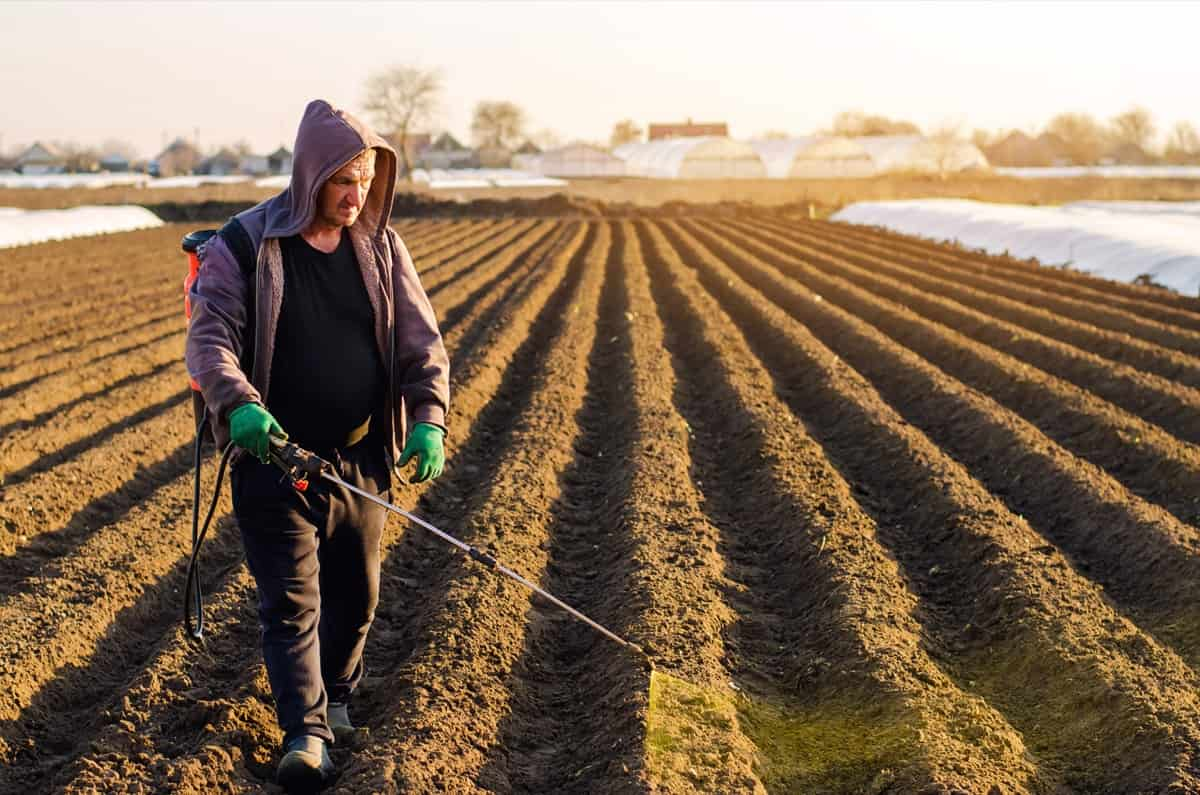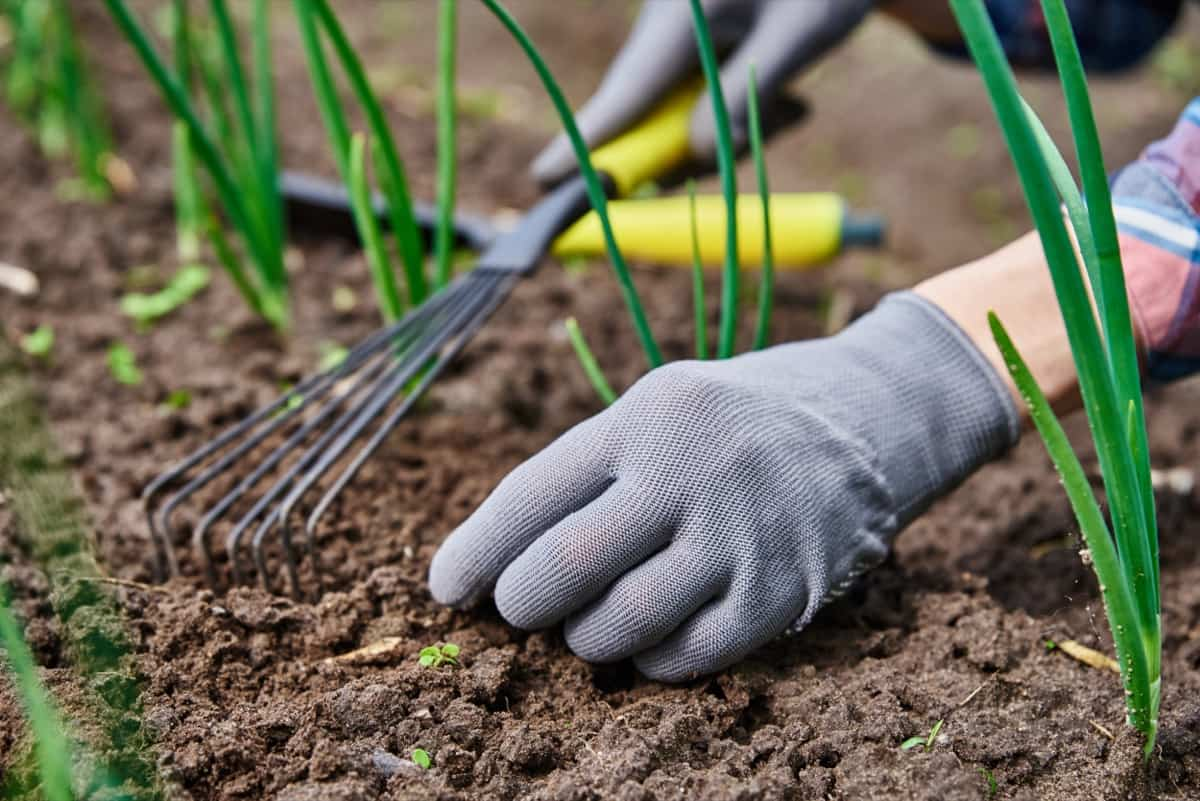Weeds are unwanted plants that grow in crop fields and compete with the crops for essential resources such as water, nutrients, and sunlight. These weeds can cause a significant reduction in crop yield and, if left unchecked, can result in complete crop failure. Farmers need to use multiple strategies to control weeds in their crops to avoid this. Below we learn the characteristics of weeds and the most effective methods of controlling weeds.
Why do Weeds Grow?
Weeds grow where they are not wanted, particularly in gardens, fields, and other agricultural areas. They are usually fast-growing, prolific, and resilient, with a high capacity to adapt and survive in different environments. Weeds grow for several reasons, including human activities, environmental factors, and plant characteristics. Human activities are one of the primary reasons why weeds grow. Agriculture, in particular, has created a conducive environment for weeds to thrive.
Agricultural practices such as irrigation, tilling, and synthetic fertilizers create ideal conditions for weed growth. Sometimes, weed seeds may be introduced into a field through contaminated soil, equipment, or seed. Environmental factors also contribute to weed growth. Weeds can grow in various climatic conditions, from hot and dry to cool and wet. They are adapted to different soil types, including sandy, clayey, or loamy soils.
Weeds can also tolerate varying levels of sunlight and shade, depending on the species. Some weeds, such as pigweed, can even grow in disturbed soils or areas with high pollution levels. Plant characteristics also play a role in weed growth. Weeds have a high reproductive rate, producing many seeds that can germinate quickly and easily. They also have a fast growth rate and can quickly out-compete crops for resources such as water, nutrients, and sunlight. Weeds have a shallow root system that allows them to take advantage of surface moisture and nutrients.
Strategies to Control Weeds in Your Crops
Crop Rotation
Here, the idea is to alternate crops in a particular field every year to reduce the build-up of weed seeds and pests. This technique disrupts the lifecycle of weeds by depriving them of their preferred habitat and environment. Crop rotation also improves soil fertility by adding organic matter and nutrients. A healthy soil ecosystem with diverse microorganisms can help suppress weed growth. Additionally, some crops, such as legumes, fix nitrogen in the soil, reducing the need for synthetic fertilizers.
Mulching
Mulching is another effective weed control technique that covers the soil with organic or inorganic materials to prevent weed growth. Straw, leaves, and grass cuttings degrade, adding minerals and enhancing soil structure. Inorganic materials such as plastic or landscape fabric, on the other hand, create a physical barrier that prevents weeds from growing. Mulching also helps retain soil moisture, reducing the need for frequent watering. It keeps soil cold in summer and warm in winter.
In case you missed it: Effective Control of Mites and Thrips in Chilli/Pepper Crops

Mechanical Weed Control
Mechanical weed control involves physically removing weeds from the field. This technique is effective for small farms or home gardens and can use tools such as hoes, cultivators, and hand-pulling. Mechanical weed control is labor-intensive but can be a good option for organic farmers who do not use synthetic herbicides.
Chemical Weed Control
Chemical weed control involves using synthetic or organic herbicides to kill weeds. Herbicides can be either selective, targeting specific weeds, or non-selective, killing all plants. Selective herbicides are commonly used in commercial agriculture to control weeds in crops, while non-selective herbicides are used in non-crop areas such as roadsides and industrial sites.
In case you missed it: The Importance of Urea in Agriculture: For Improved Crop Yields and Sustainable Farming

It is important to note that herbicides can adversely affect the environment and human health. Farmers should always follow the label instructions and use herbicides only when necessary. They should also take appropriate safety precautions to avoid exposure to herbicides.
Cover Crops
Cover crops are planted to cover the soil during the off-season when the main crop is not growing. Cover crops help suppress weed growth by competing with weeds for resources and shading them out. They also help improve soil fertility and prevent erosion. Some cover crops, such as rye and hairy vetch are particularly effective at suppressing weeds. These cover crops produce allelopathic compounds that inhibit weed seed germination and growth.
Biological Control
Biological control involves using natural enemies such as insects, fungi, and bacteria to control weeds. For example, some insects, such as weevils and beetles, feed on specific weed species, reducing their populations. Fungi and bacteria can also be used to infect and kill weeds. Biological control is often used with other weed control techniques and can be an effective, long-term solution. However, natural enemies can take several years to establish and become effective.
Timely Irrigation
Timely irrigation is critical for controlling weed growth. Overwatering can create favorable conditions for weed germination and growth. Therefore, farmers should schedule irrigation based on the crop’s water needs and avoid overwatering. Timely irrigation also helps prevent drought stress, weakening crops and making them more susceptible to weed competition.
Crop Density
Planting crops at higher densities can help suppress weed growth by shading out the weeds and competing for resources. The dense crop canopy reduces the sunlight reaching the soil surface, inhibiting weed seed germination and growth. However, it is important to balance the crop density with the crop’s growth requirements to avoid crop stress.
Hand Weeding
Hand weeding is a labor-intensive weed control technique that involves removing weeds manually. This technique is effective for small farms or home gardens and can target specific weed species. Hand weeding is also a good option for organic farmers who do not use synthetic herbicides.
In case you missed it: East Texas Vegetable Gardening/Planting Calendar: Month-Wise Crops

Weed-Free Seed
Weed-free seed is critical for preventing weed infestations in crops. Farmers should purchase certified weed-free seeds from reputable suppliers to avoid introducing them into their fields. Additionally, farmers should clean their equipment thoroughly before planting to avoid spreading weed seeds from one field to another.
Conclusion
Controlling weeds is an essential aspect of crop management. Farmers should use multiple strategies to control weeds and avoid relying solely on a single technique. Crop rotation, mulching, mechanical weed control, chemical weed control, cover crops, and biological control are all effective strategies that can be used alone or in combination to control weeds.
- Feed Your Flock for Less: Top 10 Tips to Save on Chicken Feed
- Ultimate Guide to Ossabaw Island Hog: Breeding, Raising, Diet, and Care
- Hatching Answers: The Top 10 Reasons Your Chickens Aren’t Laying Eggs
- Eggs and Economics: Breaking Down the Cost of Raising Backyard Chickens
- Defend Your Greens: Proven Methods to Keep Iguanas Out of Your Garden
- Ultimate Guide to Cinnamon Queen Chicken: A Comprehensive Guide for Beginners
- Ultimate Guide to California Tan Chicken: Breeding, Raising, Diet, Egg-Production and Care
- Ultimate Guide to Marsh Daisy Chicken: Breeding, Raising, Diet, and Care
- 10 Types of Chicken Farming Businesses You Can Start for Profits